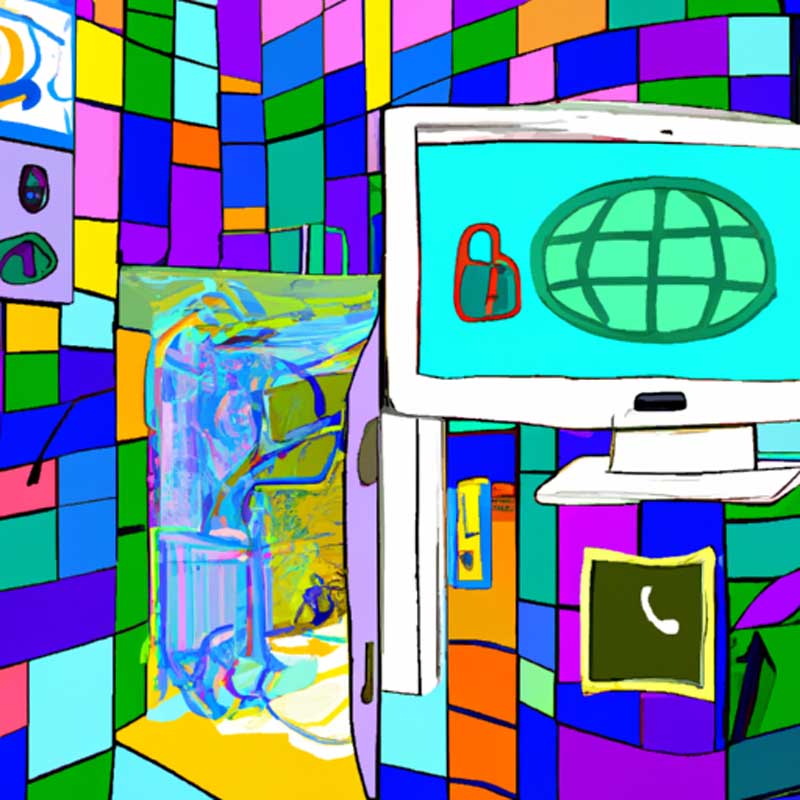TLDR:
A team of student researchers used artificial intelligence (AI) to decipher a charred scroll buried under the eruption of Mont Vesuvius 2,000 years ago. They won the Vesuvius Challenge and received a $700,000 grand prize. The same AI technology could potentially be used to decipher the rest of the Herculaneum scrolls.
Key Points:
- A team of student researchers used AI to decipher a charred scroll buried under the eruption of Mont Vesuvius 2,000 years ago.
- They won the Vesuvius Challenge and received a $700,000 grand prize.
- The same AI technology could potentially be used to decipher the rest of the Herculaneum scrolls.
- The Herculaneum scrolls are more than 1,800 charred papyrus scrolls that were discovered in the 18th century in Italy.
- Scientists have long considered the scrolls unreadable due to their fragile condition.
From ashes to answers: Students use AI to decipher 2000-year-old scrolls
A team of student researchers may have heralded a new era of history scholarship by using artificial intelligence (AI) to reveal what is written inside a charred scroll that was buried under the eruption of Mont Vesuvius 2,000 years ago. They won what is called the Vesuvius Challenge by training a machine-learning algorithm on scans of rolled-up papyrus scrolls. This could mean that the same AI technology could be used to decipher the rest of the “Herculaneum scrolls.” The three students from Egypt, Switzerland and the United States shared the $700,000 grand prize.
The Herculaneum papyri or scrolls are more than 1,800 papyrus scrolls that were discovered in the 18th century in Italy. They were charred by the eruption in 79 AD and were long thought to be unreadable. This achievement has ignited the imaginations of scholars of antiquity, opening up a whole new world of possibilities. The Herculaneum scrolls are essentially lumps of carbonized ash, but they are also the “only library that survives from the ancient world,” but that is a problem because they are too fragile to open.
The winning entry was announced on February 5 and it revealed hundreds of words across more than 15 columns of text. This corresponds to just five per cent of an entire scroll. “The contest has cleared the air on all the people saying will this even work,” says Brent Seales, a computer scientist at the University of Kentucky, Lexington, and co-founder of the prize. “Nobody doubts that anymore.”
The scrolls were first discovered in 1752 and in the centuries since then, many people have tried to open them and read them, ending up destroying them or breaking them into pieces. Scientists are still working on decoding and putting together the heavily fragmented texts. Interestingly, attempts over the years meant that around 280 entire scrolls, the ones in the worst condition, were left intact.
A major breakthrough happened last year when former physicist Casey Handmer noticed what he called a “crackle,” a faint texture in high-resolution scans similar to cracked mud. Luke Farritor, an undergraduate student of computer science, used the crackles to train an algorithm that read the word “poryphas, ” or purple, which got him a Vesuvius Price for revealing the first letters in October. The same algorithm was scaled up to reveal an entire passage. Farritor was joined by Egyptian Youssef Nader, who came second earlier, and Julian Schilliger from Switzerland.
